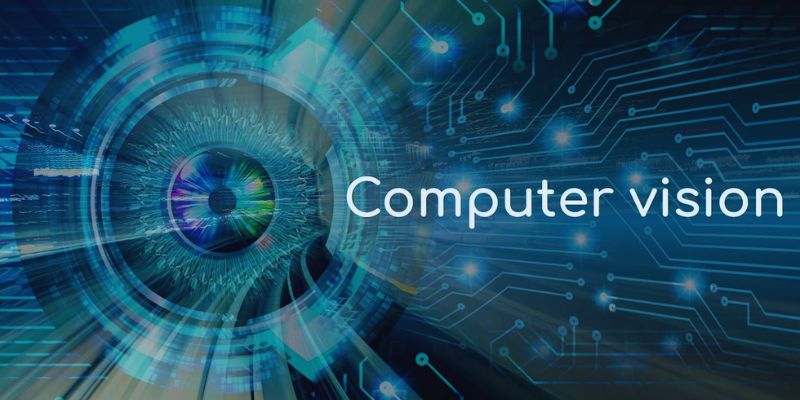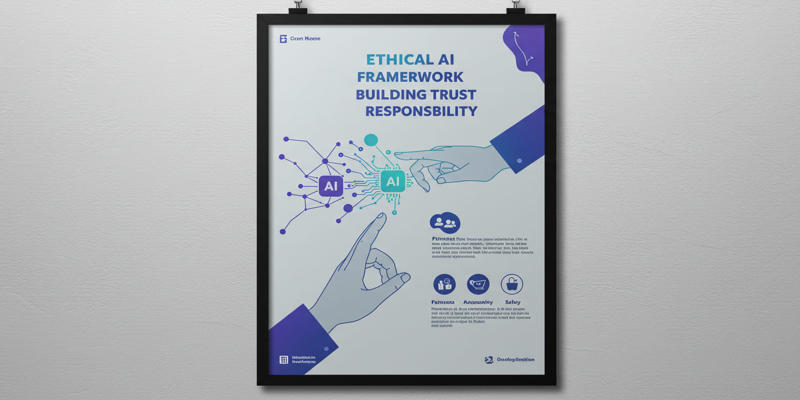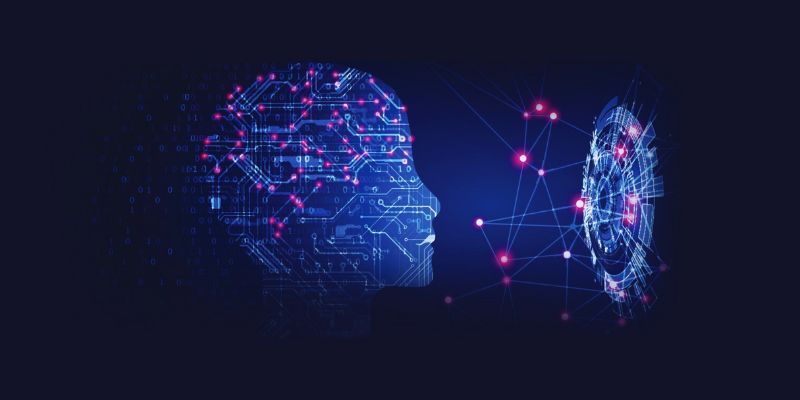As you watch your favorite sport, picture real-time statistics on every player's movement, approach, and performance. Computer vision helps to bring this reality about. This technology enables coaches, players, and fans to have perceptive analysis of all aspects of the game by letting computers "see" and study visual data.
Our sports experience is being altered by computer vision, from tracking player positions to seeing significant occurrences like goals or fouls. It's lowering injuries, improving athletes' performance, and even livening the game for fans. Rest assured, even if you are not familiar with computer vision! This article will analyze how this efficient tool is used in sports under this methodical direction. You will pick up its basic concepts and learn how it changes the game on and off the field.

Computer vision in technology refers to the ability of machines to "see" and decipher visual data, such as movies or photos. Using advanced algorithms, it detects objects, analyzes visual data, and finds trends. Computer vision is essential in sports since it records player actions, identifies significant events, and analyzes tactics quickly. Cameras are positioned all over the playing area to capture every moment of the game. The system analyzes the pictures in live footage from these cameras to identify major occurrences, including fouls, passes, or goals.
Through these events, computer vision systems provide comprehensive game analysis that helps teams understand performance trends, player behavior, and game plan evolution. This knowledge helps players and coaches make smart decisions, improving game readiness and in-game tactics. Sports benefit from a fresh degree of accuracy and analysis provided by computer vision, which also changes our knowledge of the game.
Below are the key types of applications where computer vision is used in sports to enhance performance and analysis.

Below are the main benefits of using computer vision in sports: helping teams improve performance, prevent injuries, and make better decisions.
The following are the key actions to properly apply computer vision in sports for better performance monitoring and analysis.
Through a better understanding of player performance, strategy, and game events, computer vision is revolutionizing the sports sector. Motion analysis, event detection, and player tracking, among other technologies, enable teams to make data-driven decisions, increase performance, and lower injuries. Sports teams may use computer vision best by including the correct cameras, sensors, and software. This technology's advancement will affect athletes' training, performance, and interaction with the game and viewers. Ultimately, computer vision is changing the sports experience by offering viewers and athletes better knowledge and fresh opportunities.

Discover how Microsoft Drasi enables real-time change detection and automation across systems using low-code tools.

Know how sentiment analysis boosts your business by understanding customer emotions, improving products, and enhancing marketing

Explore the differences between Llama 3 and Llama 3.1. Compare performance, speed, and use cases to choose the best AI model.

Discover five powerful ways computer vision transforms the retail industry with smarter service, security, shopping, and more

Open reasoning systems and Cosmos world models have contributed to robotic progress and autonomous system advancement.

AI in Cybersecurity is changing the way businesses handle threat detection. Discover how advanced AI systems prevent cyberattacks with faster and smarter protection

Learn the nine biggest benefits of using AI in retail, from personalized experiences to cost savings and smarter decision-making

12 essential resources which organizations can use to build ethical AI frameworks and also provides information about tools and guidelines and international initiatives

From 24/7 support to reducing wait times, personalizing experiences, and lowering costs, AI in customer services does wonders

How logic and reasoning in AI serve as the foundation for smarter, more consistent decision-making in modern artificial intelligence systems

Get a clear understanding of supervised learning, including how it works, why labeled data matters, and where it's used in the real world—from healthcare to finance

Learn how Explainable AI (XAI) guarantees equal opportunity, creates confidence, and clarifies AI judgments across all sectors